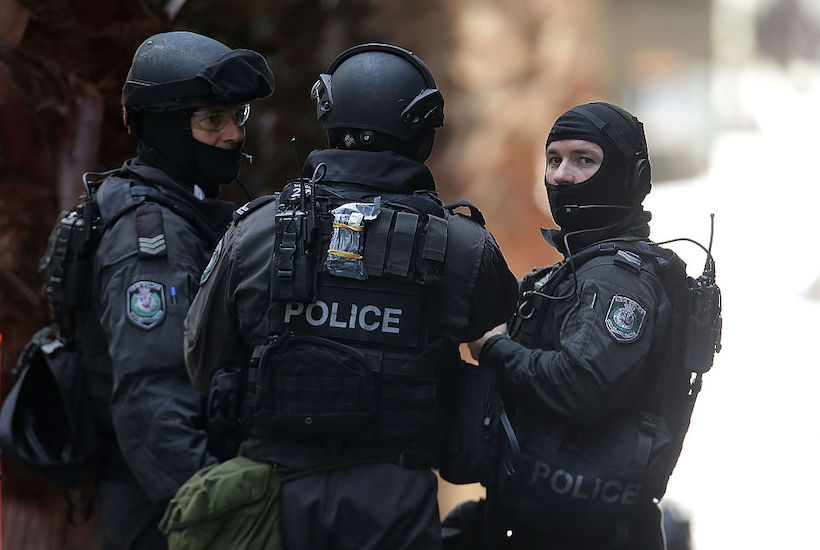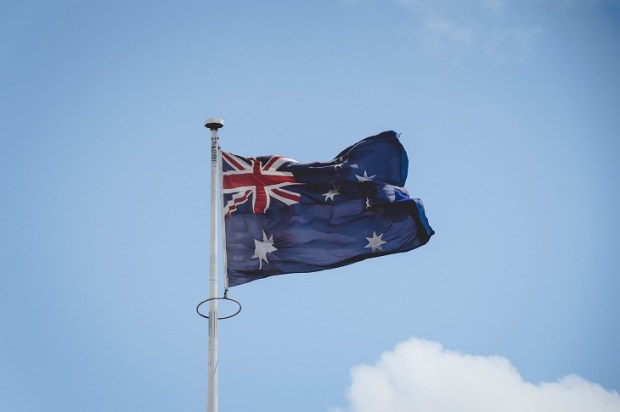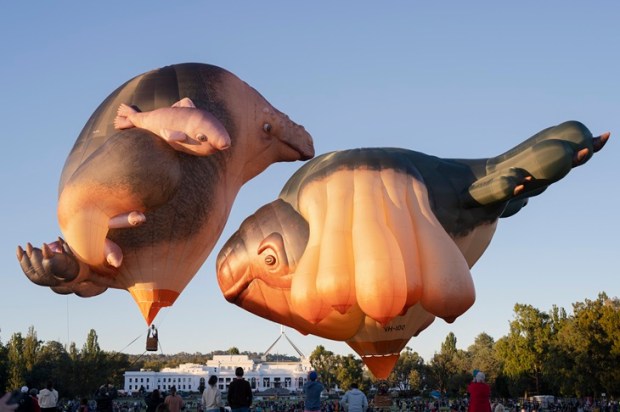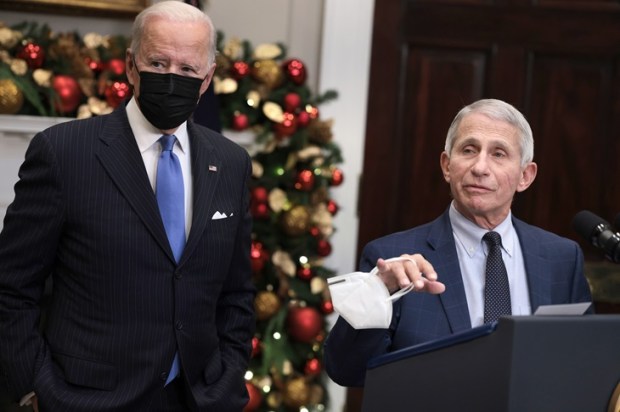Catastrophes are sadly a part of life. Many cannot be prevented, but can at least be better handled than is the case with the current coronavirus pandemic, with its dreadful toll in Europe and the United States.
Future viral pandemics are virtually a certainty. Noting the normal daily influx of citizens to our capitals’ central business districts, plus the growing residential populations within them, it is crucial to have a CBD hospital – upskilled as a National Security Hospital – in every capital.
It is quite obvious that virtually any catastrophe is likely to impact far more on these CBDs than on any other locations in Australia.
And other forms of calamity requiring major healthcare responses can also be anticipated. When occurring inside capital CBDs, these other events could be even worse than pandemics.
For 15 years, doctors at Sydney Hospital — motivated by the excellent medical response to the 2005 London terrorist bombings — have been asking federal and state governments to improve Australia’s national security by redeveloping a CBD hospital into a National Security Hospital in each capital city
There has been much buck-passing between governments as to which authority should oversee such redevelopment. Sections 51 and 119 of the Constitution certainly give the federal government the authority to proceed alone. And it is worth recalling that in World War II, the government built Repatriation Hospitals in each capital, having foreseen the possibility of dire consequences to our defence forces. These proved to be essential facilities.
The specialised training needed to address national resilience is currently not taught as such at any of our medical schools or Royal Colleges; but such training could be developed in a very short time with experienced surgeons, physicians, intensivists and anaesthetists, all acting in concert.
War zone training proved to be invaluable for the surgeons and nurses who managed the victims of the Boston Marathon bombing. This led to increased survivals at the Boston CBD hospitals involved. Most catastrophic health events are likely to either be located within, or at least emanate from, central business districts.
In Sydney, the 1978 Hilton Hotel terrorist bombing and the 2014 Lindt Café siege are examples.
At the time of the Hilton tragedy, Sydney Hospital was a major teaching hospital with experienced trauma surgeons and ICU experts; the outcome for all victims brought to it was hugely successful. When the Lindt Café tragedy unfolded, Sydney Hospital was just 120 metres away but, due to totally inappropriate downgrading in recent decades, was not allowed to provide and replicate the emergency surgical care of former years.
To make matters worse in the Sydney CBD, there has been a huge growth in the residential and business populations during the last three decades, whilst Sydney Hospital’s bed capacity has been cut from 400 down to just 100 and its trauma surgeons have been withdrawn.
And so what would be different about Sydney Hospital if it were to develop the necessary resilience to become a National Security Hospital?
It would have one extra building put back on site. This would house an extra 100 beds, exclusively for use by general and trauma surgeons. The building would also house an intensive care unit. The roof would have two helicopter landing pads on it. The design would include an upper-level control room which, at a moment’s notice, could become a conjoint strategic headquarters for doctors, police, fire brigade and ambulance chiefs, media and air services. The latter would facilitate helicopter services to and from the hospital and from the Domain immediately across the road from the hospital.
All hospital staff would have on-going highly specialized emergency training. All relevant medical and paramedical professionals inside the Sydney CBD would be asked to have hospital photo ID tags made so that they could be called on, without compromising security, at short notice for assistance in any catastrophic emergency. Collapsible stretchers would be installed in ground floor lockers in all significant CBD buildings as this would enable any volunteer passer-by to accept the role of walking field ambulance officer at a moment’s notice should a catastrophe lead to vast numbers of injuries.
Similar reviews of capacity and training would be appropriate for at least one CBD hospital in each of our capitals.
Each of these National Security Hospitals could come under the coordination of a National Medical Command, such as that being proposed in the US by Congressman Brian Higgins; who announced on May 5 that he would introduce a US Infectious Disease and Pandemic Preparedness Bill to Congress.
Business and community leaders need to endorse greater resilience in our capital cities. They can do this by calling on all state and territory governments to train up at least one hospital inside each CBD as a National Security Hospital.
Dr John Graham is a former President of the NSW Council of Professions and a former Chairman of the Medical Staff Council of Sydney Hospital and Sydney Eye Hospital
Got something to add? Join the discussion and comment below.
Got something to add? Join the discussion and comment below.
Get 10 issues for just $10
Subscribe to The Spectator Australia today for the next 10 magazine issues, plus full online access, for just $10.


























Comments
Don't miss out
Join the conversation with other Spectator Australia readers. Subscribe to leave a comment.
SUBSCRIBEAlready a subscriber? Log in